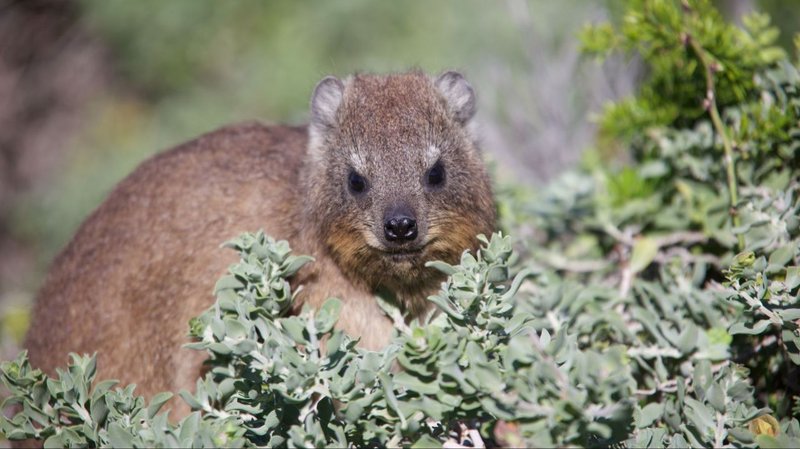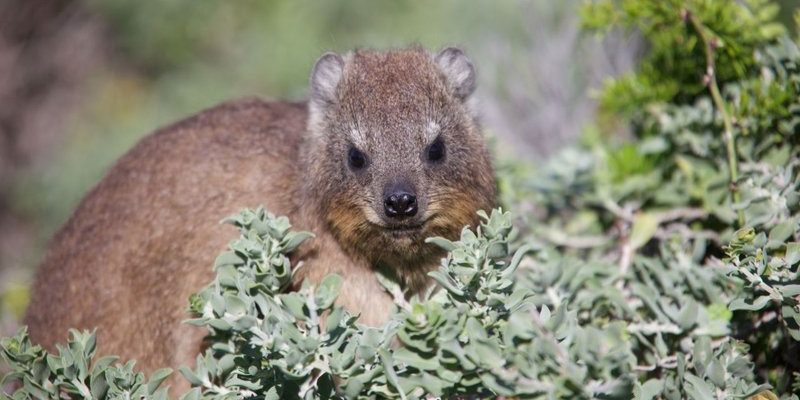
Rock hyraxes are intriguing animals that thrive in specific habitats across Africa and the Middle East. Their habitat choices are closely connected to their evolutionary history and survival strategies. In this article, we’ll explore where rock hyraxes live, what their habitats look like, and how these animals have adapted to their environments. So, grab your favorite drink, and let’s dive into the world of rock hyraxes!
Understanding the Rock Hyrax
Before we get into their habitat and distribution, let’s take a minute to understand what makes rock hyraxes unique. These little mammals are part of a group called *Hyracoidea*, which are more closely related to elephants and manatees than to rodents or rabbits. Isn’t that mind-blowing? With a body length of about 24 to 30 inches and a weight ranging from 4 to 11 pounds, they might not be the biggest animals out there, but they certainly have a charm of their own.
Rock hyraxes are usually covered in coarse, thick fur. They come in colors that range from grayish-brown to reddish-brown, helping them blend into their rocky surroundings. You might be wondering how they fit into their ecosystem. Well, they play a crucial role in the food chain, serving as prey for various predators, including eagles, leopards, and even snakes. Their herbivorous diet consists of grasses, leaves, and fruits, making them vital players in their habitats.
Natural Habitat: Rocky Areas
Rock hyraxes have a preference for rocky outcrops, cliffs, and mountainous areas. Just picture a rugged landscape with boulders and crevices—this is their ideal playground. They thrive in places where they can easily find shelter from predators, which these natural formations provide in abundance. The rocks not only offer protection but also serve as great lookout points for spotting potential threats.
Their habitats can be found at various elevations, but they seem to favor areas between 1,500 and 3,000 meters above sea level. You’ll often find them in habitats like:
- Rocky hills and outcrops: These provide the perfect spots for sunbathing and resting.
- Mountains: They love the cool, crisp air found at higher altitudes.
- Cliffs: These act as natural barriers against predators.
Honestly, you could say they’re the ultimate rock climbers, living among the stones like they were born for it!
Geographic Distribution
Rock hyraxes are predominantly found in sub-Saharan Africa and parts of the Middle East. Their range extends from South Africa all the way up to the Red Sea. Countries like Kenya, Uganda, and Namibia are hot spots for these creatures. You’ll find rock hyraxes in national parks and reserves, doing what they do best: lounging in the sun and munching on vegetation.
You might be wondering, how do they get to these places? Well, they move around in colonies, which can consist of 10 to 80 individuals. These groups promote safety in numbers as they seek food and mate. The young hyraxes learn vital life skills from their elders, making the colonies an essential part of their survival.
Climate Preferences: Temperate and Warm Regions
Rock hyraxes have a knack for adapting to diverse climates, but they particularly love temperate and warm regions. They can be found in environments that experience both wet and dry seasons, but they tend to avoid dense forests and areas with heavy rainfall. So, what kind of weather are we talking about?
- Warm climates: Rock hyraxes thrive best in warm temperatures that range from 20°C to 30°C (68°F to 86°F).
- Dry seasons: They can endure droughts but prefer habitats that offer sufficient food sources during these times.
- Cool evenings: The low temperatures at night don’t bother them; in fact, they often snuggle up together to keep warm.
You might find it fascinating that they’ve even adapted to living in urban areas, where they can sometimes be spotted around gardens and parks. This adaptability is a testament to their resilience in the face of changing environments.
Social Structure and Behavior
Rock hyraxes are social animals that communicate through a range of sounds, including barks and whistles. Their social structure is quite interesting. Within a colony, there are dominant males and females, but all members contribute to protecting the group. They take turns guarding while others forage—a pretty smart system, don’t you think?
You might see them basking in the sun on rocks, perhaps with their eyes half-closed in relaxation. They spend a considerable amount of their day sunbathing, which is crucial for hitting their energy levels. When it comes to food, they’re mostly grazers, seeking out the tastiest leaves and grasses throughout the day.
This social behavior not only strengthens their bonds but also increases their chances of survival in the wild. Being part of a community helps them share information about food sources and potential dangers, keeping everyone safe and fed.
Conservation Status
Currently, rock hyraxes are not considered endangered, and their populations are stable. However, habitat destruction and human encroachment pose threats to their survival. Urbanization and agriculture can lead to loss of habitat, forcing these creatures into smaller territories. Conservation efforts, particularly in national parks, aim to protect their natural spaces.
It’s important to keep an eye on their status since any changes in their environment can affect their numbers. Supporting conservation initiatives, raising awareness about habitat protection, and promoting responsible land use can all help ensure that rock hyraxes continue to thrive in the wild for generations to come.
So now you know a bit more about where rock hyraxes live and what makes their habitats special. From the rocky cliffs of Africa to the cozy colonies they form, these creatures showcase nature’s ingenuity in adaptation and survival. Their ability to thrive in diverse climates and landscapes is a reminder of how interconnected wildlife and their environments can be.
Whether you’re an animal enthusiast or just someone who stumbles upon their charming pictures, rock hyraxes are a delightful glimpse into the rich tapestry of life on our planet. Next time you hear about them, you can impress your friends with all that you’ve learned!

